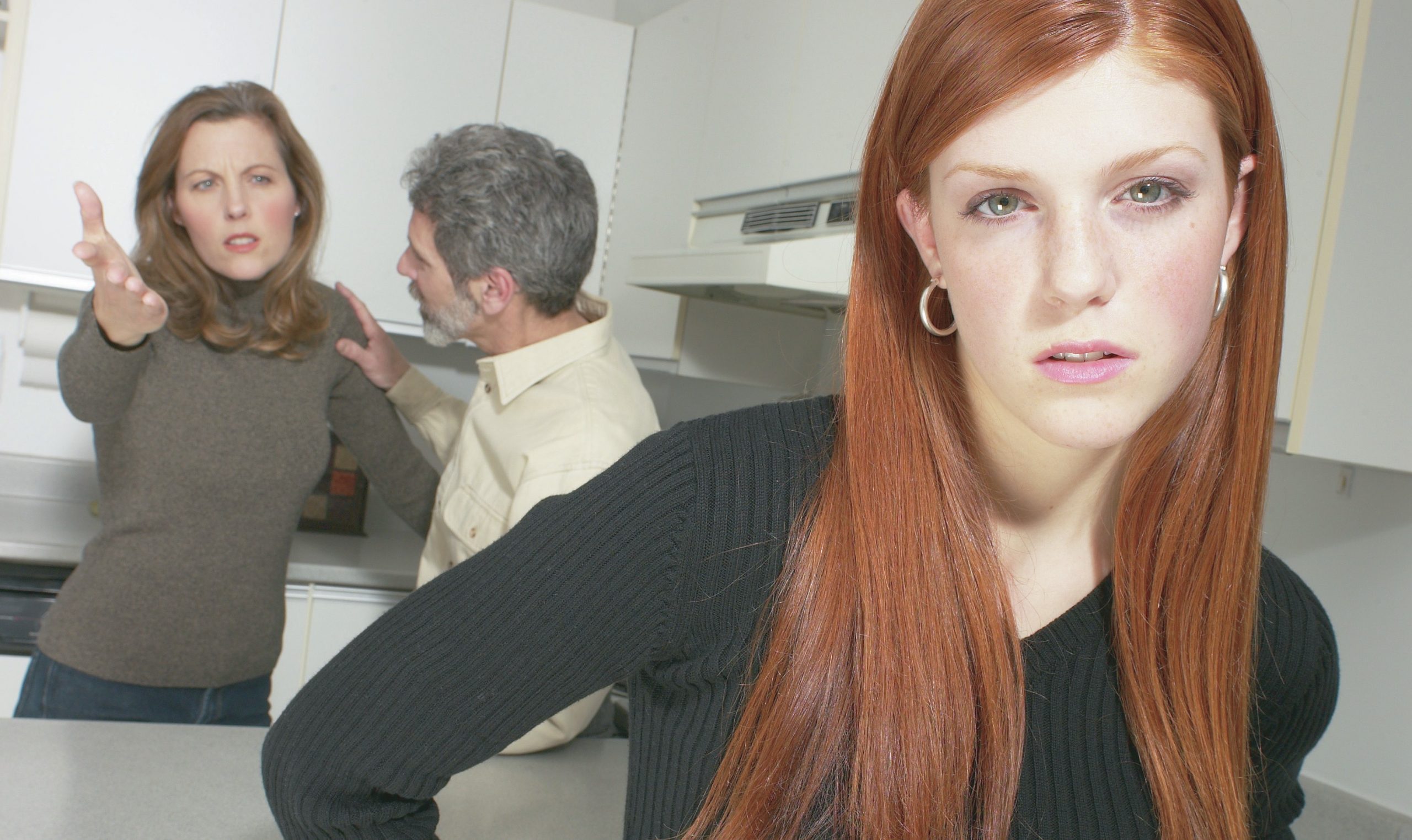
Newspaper headlines exclaiming that ‘Mixing coffee and paracetamol could cause liver damage’ or that ‘Church attendance boosts immunity’ confuse a causal relationship with a correlation. Social commentators sometimes also suffer from the same confusion, as can policy makers. However, the two concepts are distinct: one thing can cause another (for example, smoking causes lung cancer), or it can be correlated with it (for example, smoking is correlated with lower socioeconomic status, but it does not cause it).
Economists are often the ones to point out that a relationship between two things may not be causal. In the case of the first headline, the economist may observe that mixing coffee and paracetamol may not necessarily cause liver damage. Liver damage may instead be caused by frequent heavy drinking, which also increases the probability that coffee and paracetamol are used regularly. (For a more formal discussion of the distinction between correlation and causation, see Box 1.)
Your organisation does not have access to this article.
Sign up today to give your students the edge they need to achieve their best grades with subject expertise
Subscribe




